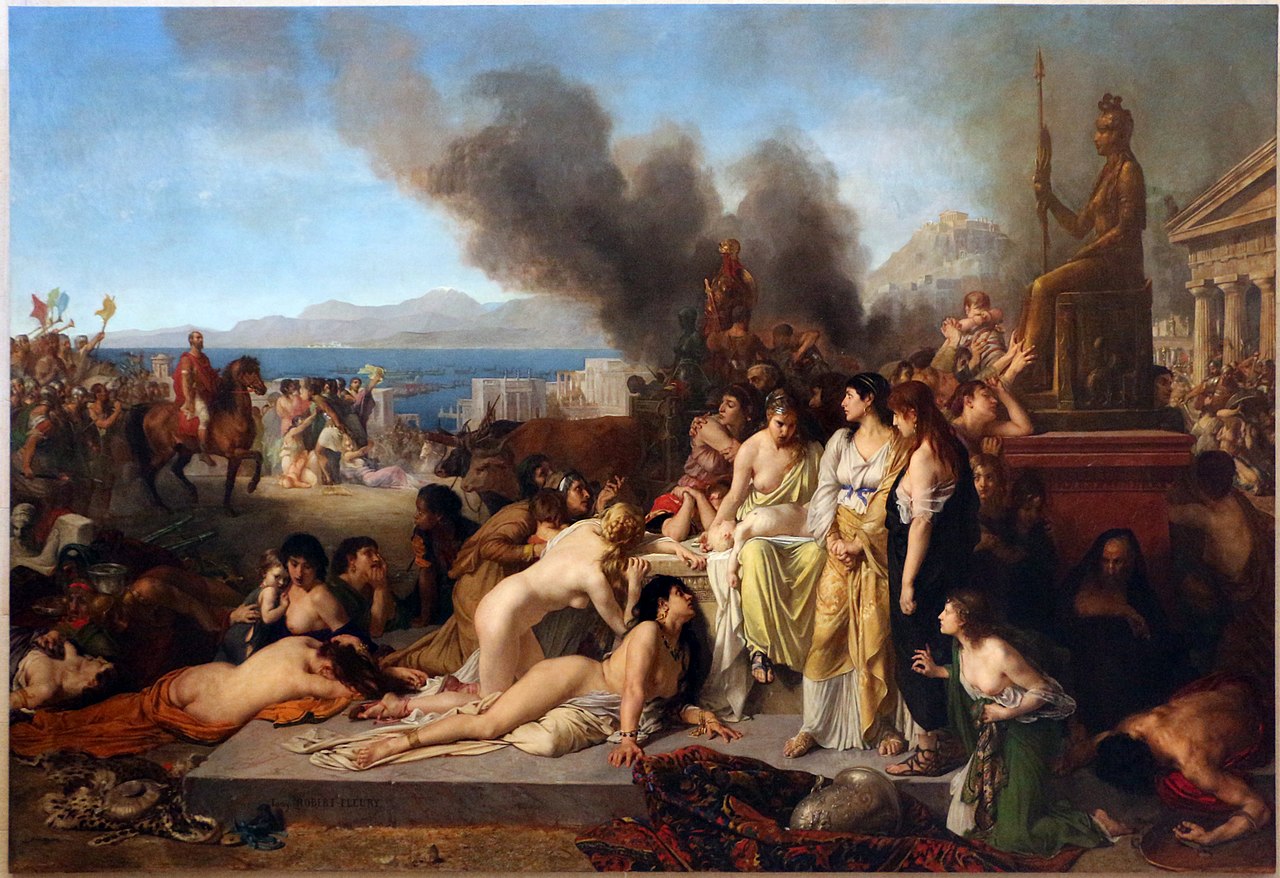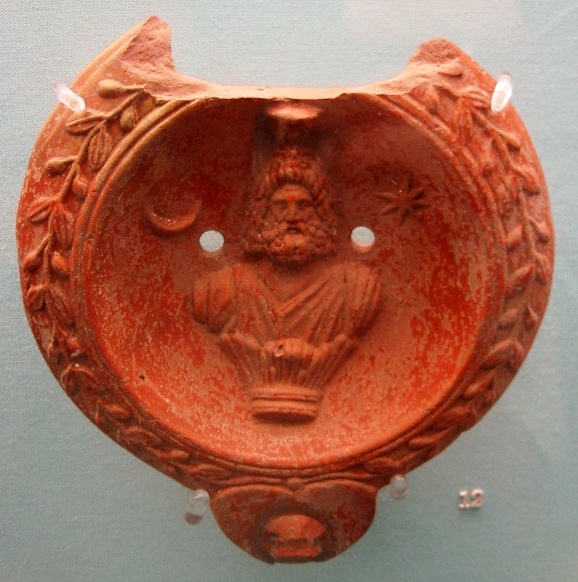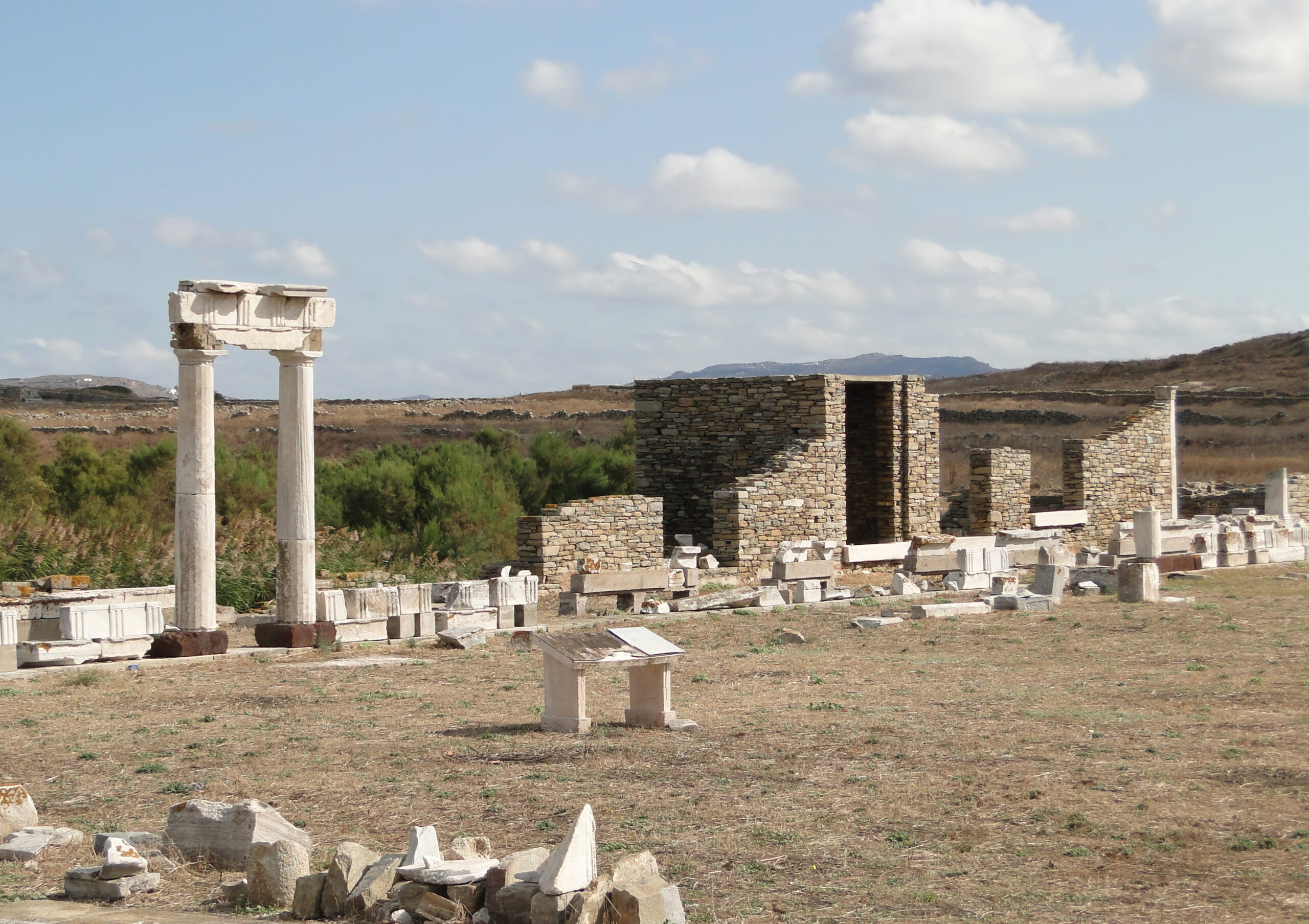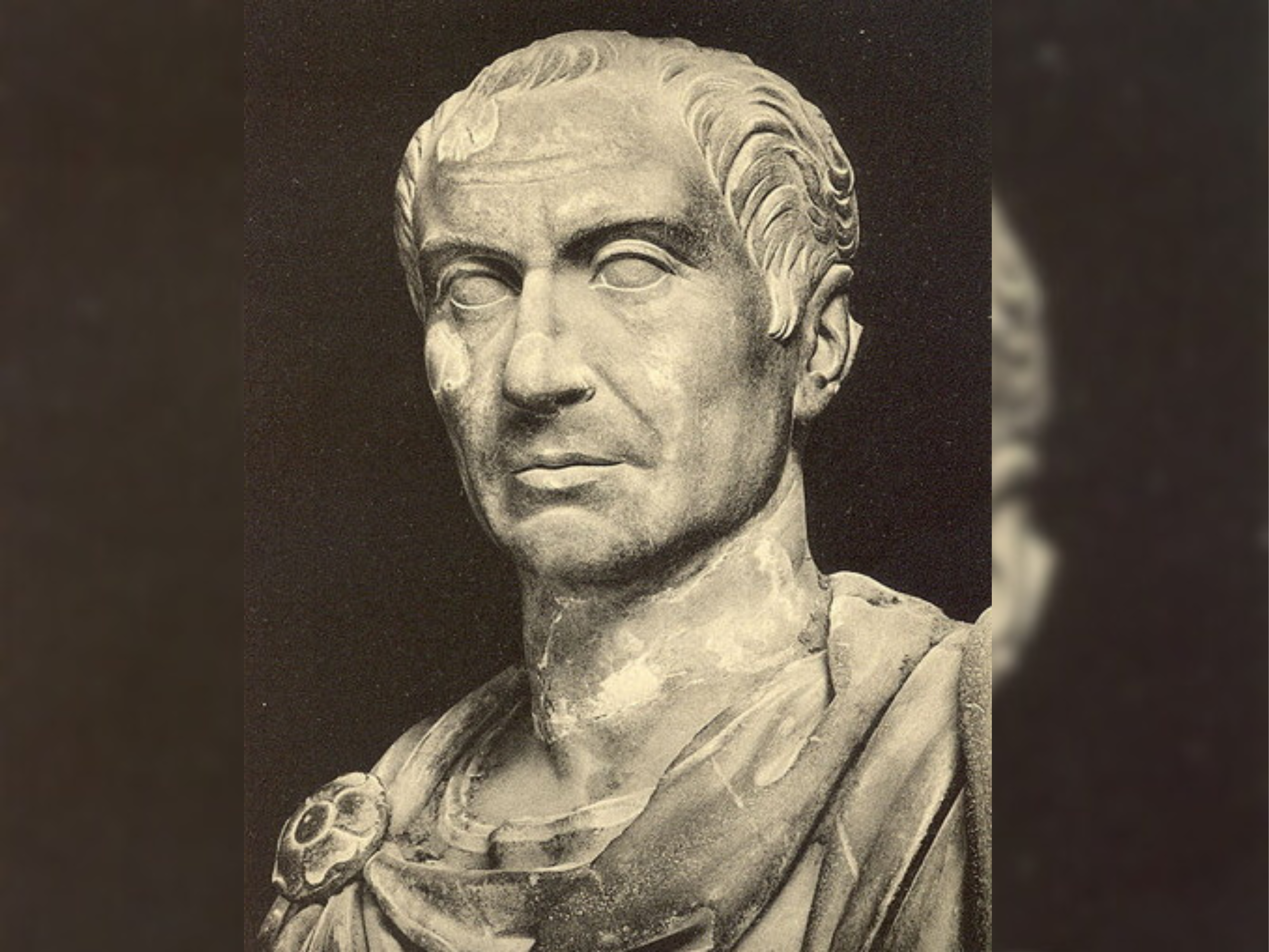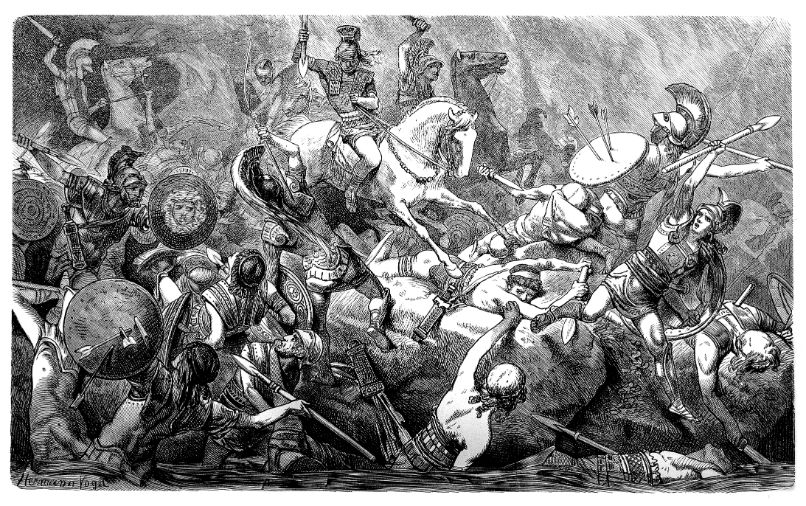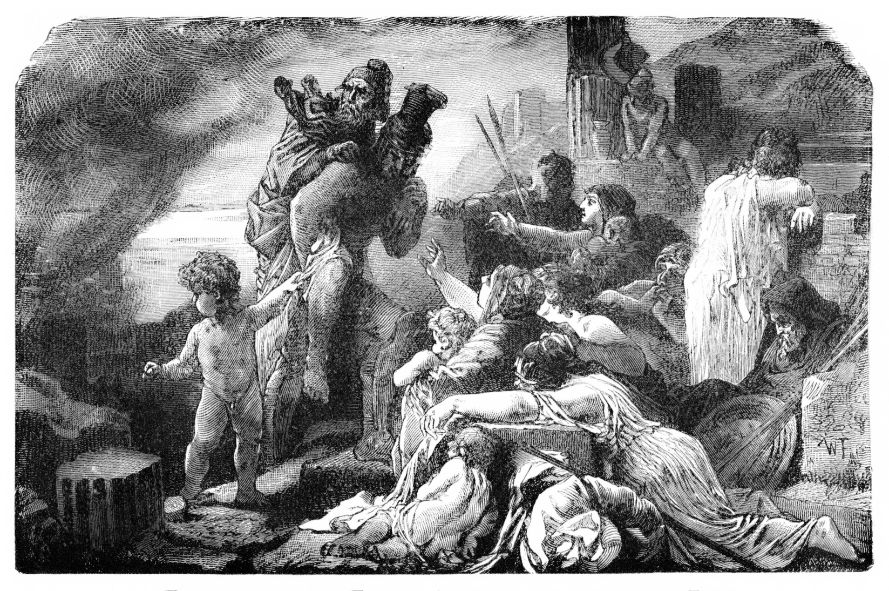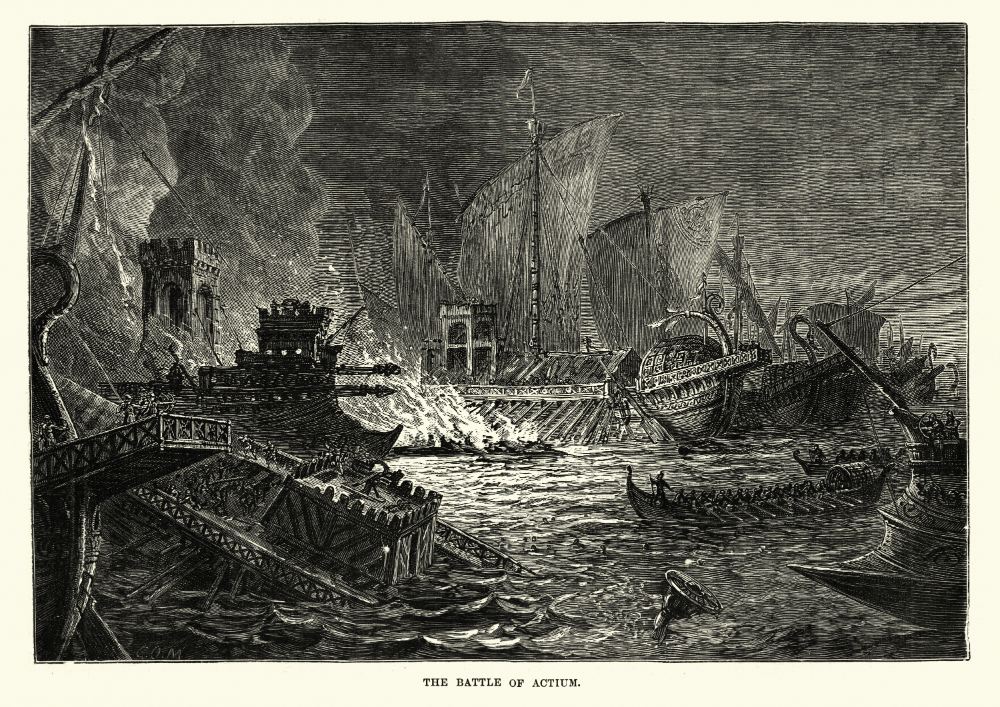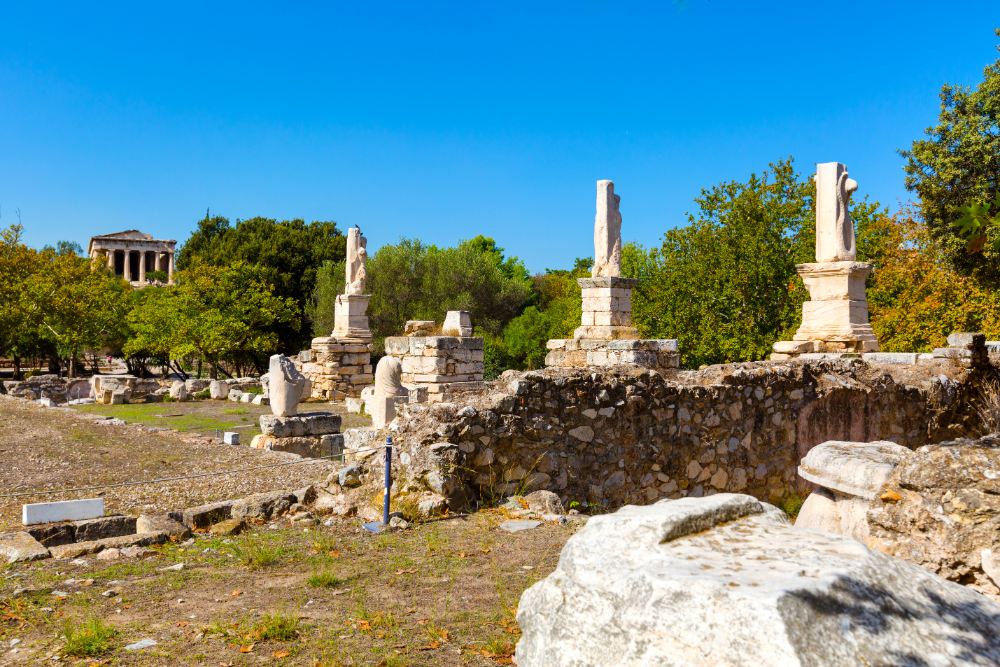Establishing the Roman Province of Achaea
The establishment of the Roman province of Achaea in 146 BC marked a pivotal turning point in Greek history, as the region transitioned from independent city-states to a vital part of the expansive Roman Empire. Leading up to this moment, Greece was fragmented into various city-states and leagues, notably the Achaean League, which sought to unify these entities against the rising power of Rome.
Tensions escalated between the Achaean League and Rome, culminating in the Roman–Achaean War, where General Lucius Mummius was sent to reassert Roman authority. The conflict centered on Corinth, a key city within the Achaean League known for its culture and commerce. In 146 BC, after a fierce siege, Mummius captured Corinth and ordered the city to be sacked and destroyed, signaling Roman dominance and the end of Greek political independence. This destruction of Corinth not only erased a significant urban center of the Hellenistic world but also symbolized a broader loss of autonomy for Greek city-states. In the aftermath, the Romans restructured the region into the province of Achaea, introducing a new administrative framework that came with new laws, taxes, and infrastructure.
Although the political autonomy of Greece was lost, its rich cultural heritage remained vibrant, blending with Roman practices and leading to a Greco-Roman synthesis that influenced art, philosophy, and governance. This transformation set the stage for the cultural exchange that would shape the intellectual legacy of both civilizations for centuries to come, marking the beginning of a complex relationship between Greece and Rome.


